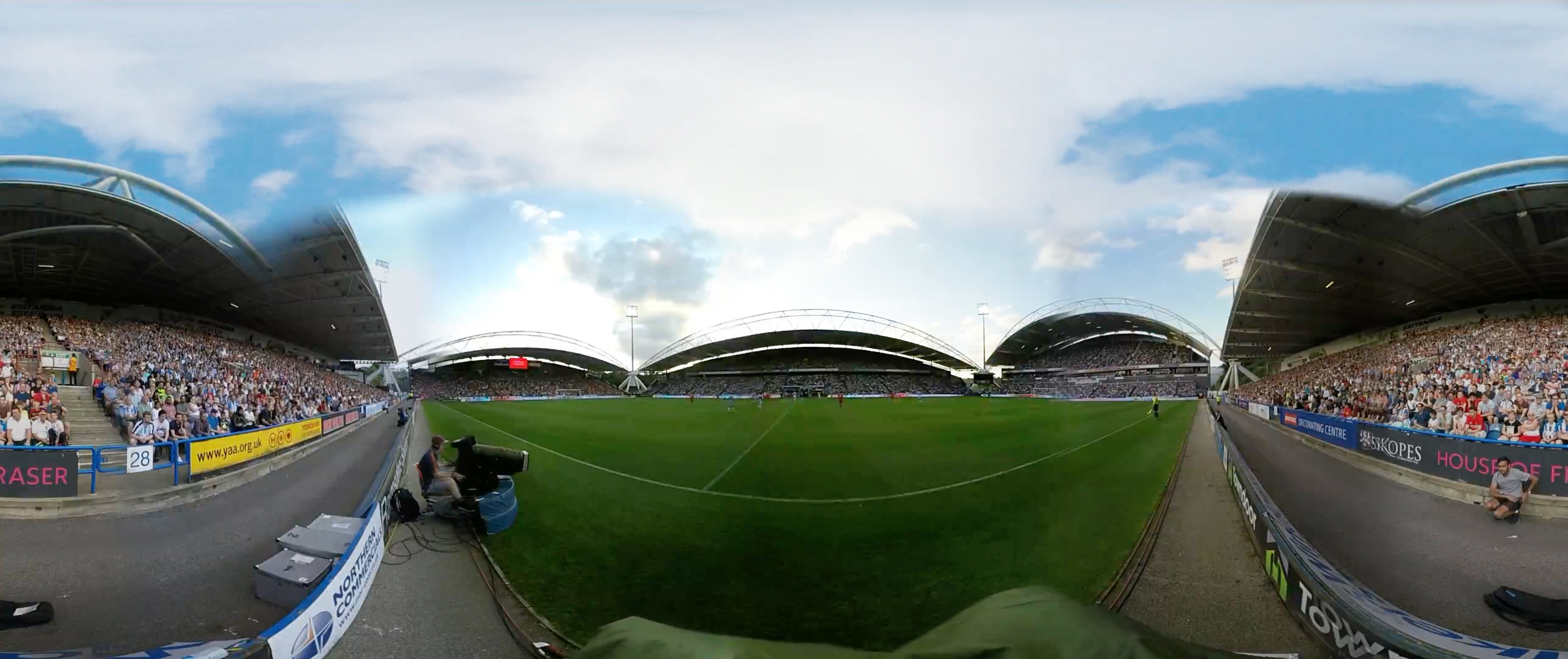Op Ed: Is 360 The Future of Watching Events?
Story Highlights
by Jake Ward, Business Development Director, Groovy Gecko
Over the last 12 months we have seen significant growth in 360 video. From live events to on demand there is no denying that there is a consumer appetite for it. 360 video offers the consumer a genuine immersive experience and unlike Virtual Reality there is no need for the end user to go out and buy any special equipment: it can be accessible now on mobile and tablet while being enhanced by even low end VR headsets.

Jake Ward, Business Development Director, Groovy Gecko
However, 360 is still it is infancy, which means that there are currently no rules. We are seeing a number of experiments with content creators trying things and seeing what works, as well as what doesn’t. It is also about deciding which events lend themselves to this kind of viewing and, more importantly, where to place the camera or cameras to get the best experience.
In July this year we were a part of testing the technology out at a football match, with a friendly between Huddersfield and Liverpool FC filmed in 360 from the half way line. The goal, (excuse the pun), was to see how it could work as a user experience and help decide how many cameras would be needed. The consensus of opinion was a minimum of 4 cameras. With over 92,000 viewers, it would seem that there is certainly a potential audience out there. Football obviously is played over a large area with many players and a large audience present so what makes sense here may not be universally applicable.
In December 2015, GoPro released a video with trials cyclist, Danny MacAskill riding roof tops in Gran Canaria. The video entitled Cascadia has nearly 17million views. The video was released a month later and despite very little publicity had almost a quarter or a million views. This type of experience follows one player, in this case Danny MacAskill, and tries to capture the jaw dropping experience of life and death riding. The single camera was positioned on the helmet so in affect the audience can see what Danny sees. There is no crowd to be part of, but you do feel part of the action.
 Formula E, the electronic car version of Formula 1 use 360 cameras mounted on the top of some of the cars. The viewer can ride along with their favourite driver and get right in amongst the action.
Formula E, the electronic car version of Formula 1 use 360 cameras mounted on the top of some of the cars. The viewer can ride along with their favourite driver and get right in amongst the action.
Multiple cameras around the track mean replays of the action could be viewed from any angle. In a world where the audience are also self-appointed referees, why should they only be able to watch what the director wants you to watch? In this case you wouldn’t necessarily feel part of the crowd, but more of a privileged viewer. However, as the tracks are essentially massive loops, the cameras could be mounted at key points to capture the action as if you were there.
There are many sports and events where the action is happening in multiple places simultaneously. Take the music festival at Glastonbury, how amazing would it be if you could feel like you were in the crowd, but without the mud and the pushing. Because, as much as it seems like all the action is on the stage, the performers are interacting with the crowd and as a viewer It would be great to be able to turn around and soak up the atmosphere.
I’m not saying viewing 360 is for everyone nor am I saying that it’s appropriate for every event. That said, there is a generation of millennials used to technology and constantly looking for a more immersive, interactive experience. With VR headsets still expensive, they are looking to 360 to get some of that functionality cheaply and effective with Google Cardboard and the upcoming Daydream offering a cheap entry point.
Viewing figures suggest there is a clear appetite for a more interactive viewing experience, and I believe there is a demand for more quality content. It is now up to the content producers to produce better, more interactive programs that allow the viewer to really experience the event.
This year the Olympic games were hailed as the online Olympics with more and more of us watching online and choosing the sport they wanted to see. 90% of Brazilians watched it on their mobile devices[1]. With statistics like that it’s clear that viewing habits are evolving, so will 2020 be the year of the 360 Olympics? In fact the BBC already did a number of experimental event broadcasts using the tech through a specialised app.
With so many possibilities it can be overwhelming for the audience to make these choices. Much like a child in an ice-cream shop dazzled by the shear level of choice, unable to choose out of fear of choosing the wrong one, the audience are at liberty to choose the wrong viewing angle or spend too much time bouncing from one angle to the next that they miss the essence of the event.
We don’t go into a restaurant to be faced with a massive selection of ingredients and told we can make anything we want. We expect the chef, who is after all a master at making the best from the ingredients, to choose for us and give us just a few options.
So when it comes to 360 viewing, content providers need to consider whether to give the viewers everything and let them choose or do we serve up a menu of a few options?
[1] http://www.sportslatam.com/web/index.php/en/news/digital-en/item/667-90-of-latin-americans-used-smartphones-to-watch-rio-2016#.V_Oh1JMrJYI
